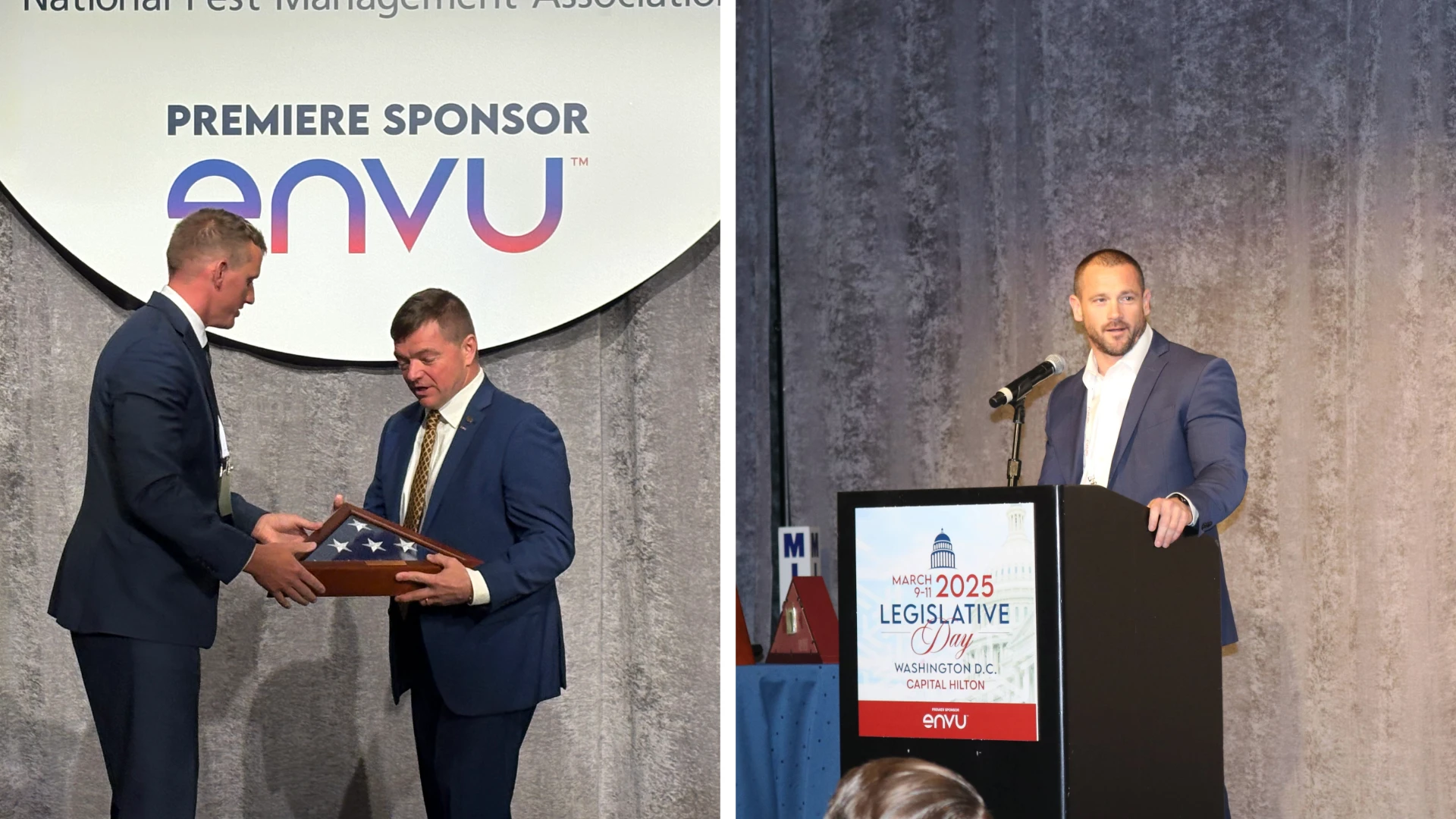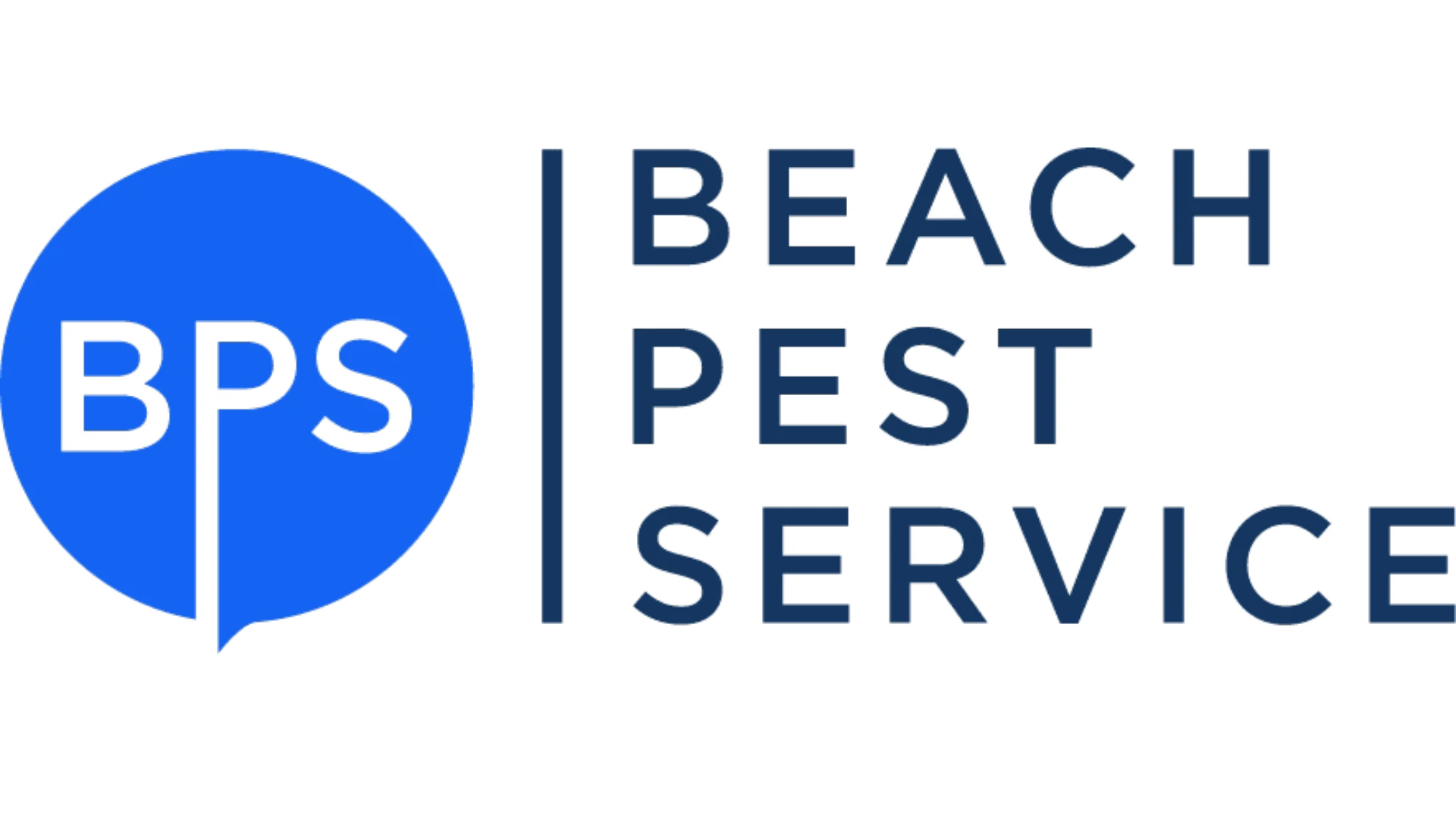
Young children are known to start most of their questions with the word “why.” “Why is the sky blue?” “Why does a dog bark?” “Why are we going there to eat?”
The endless string of “why” questions are part and parcel of growing up, no matter where in the world that happens to be. Just ask Shripat Kamble.
Dr. Kamble grew up half a world away — more than 7,200 miles to be exact — from the institution of higher learning that helped him answer many of his “why” questions and that would inspire him to seek answers and encourage others to do the same.
Kamble, a professor of entomology at the University of Nebraska and the state’s lead pest management extension contact, grew up in a farming family in India and often wondered why insects would attack his family’s wheat, rice and bean crops and what damage would they cause.
“I always wondered why the insects went after our crops and how they could damage them but we had no one who could give us the answers,” says Kamble.
It was this curiosity, as well as a desire to achieve the highest degree possible, that led Kamble to major in science as he embarked on his schooling. After earning a B.S. in agriculture from Nagpur University and earning high marks in his entomology classes, Kamble entered graduate school to further his study of the insects that generated so many questions in his youth.

“I talked with a fellow student who studied overseas and he said the U.S. was the new world and the place to go,” recalls Kamble. “My sense of adventure told me to go for it.”
Kamble followed his countryman’s advice and set forth for the states hoping to land at the University of California, Riverside. But when there wasn’t an opening he switched geographic directions and headed to North Dakota State University in Fargo, North Dakota.And while the climate in North Dakota differed dramatically from his native land, Kamble’s pursuit of academic exploration continued as he earned his Ph.D. in entomology from the school in 1974.
Following graduation, Kamble and his wife, Linda, whom he met while at North Dakota State, were visiting a friend in Lincoln, Nebraska. The friend suggested he explore a job opening at Usher Pest Control Company in town.
THE PRIVATE SECTOR. Kamble met with owner Monroe Usher and soon after took a management position helping run the company’s day-to-day operations. This starting point gave the newly-minted graduate the opportunity to not only put his extensive knowledge of insects to work but also to learn the business side of the operation.
During his four years with the company, Kamble attended his first Purdue University Pest Management Conference and met several industry luminaries who helped shape and grow his career, including the late Dr. John Osmun, notable researchers Drs. Gary Bennett, Roger Gold, Michael Rust, and the late Dr. Phil Speer, one-time technical director for the National Pest Management Association.
“After attending the conference and meeting John Osmun and Gary Bennett I knew that I had found the right industry,” says Kamble, who continues a close professional relationship with Bennett to this day.
Kamble is responsible for developing and coordinating pest management education programs for PMPs, as well as overseeing research efforts that focus on genomic research or the molecular structure of an insect.
“If you know an insect’s molecular structure then you can attack them differently and achieve more effective results,” says Kamble, whose research work also includes insecticide resistance in cockroaches and biochemical/toxicological pest management strategies against cockroaches, ants, termites and bed bugs.
During his tenure, Kamble’s research and extension projects have been awarded more than $3.72 million dollars in research grants, he has been published in more than 150 research and extension publications, and has spearheaded Nebraska’s Urban Pest Management Conference, training thousands of technicians and applicators.
GETTING OUT FROM BEHIND THE LECTERN. But Kamble is not, however, a man who believes the classroom is restricted to four walls or a webinar with a PowerPoint presentation. He strongly feels some of the best education is done side-by-side with the men and women performing pest management work in the field.
“Pest management professionals in Nebraska and across the country want to learn more and become better at their jobs,” says Kamble. “The desire to learn and use new techniques and products to deliver a safer, more effective service for their customers has never been greater.”

“You must see what type of pest you are dealing with, where it lives and what conditions allow it to exist,” says Kamble, who has spent countless hours working shoulder-to-shoulder with Nebraska PMPs to find better solutions to safely and effectively manage pests.
Getting out in the field testing and applying product, training technicians and identifying better treatment practices is part of the valuable work extension services across the country do on behalf of the industry.
“Extension programs are the ‘eyes and ears’ for the industry and will continue to play an important role in the years ahead,” says Kamble. “(Extension) is a constant process of learning, testing and educating.”
Purdue’s Bennett says Kamble’s tireless work ethic, enthusiasm and innovative spirit is what has led him to success both in academia and in the pest management industry.
“Shripat strives to deliver a good product every time he takes a project on,” says Bennett. “He understands the real-world impact his work has and is always thinking about how to do it better for the benefit of all.”
Kamble says the technician of the future will hold more educational credentials than their counterparts today and that knowledge of product chemistries will be paramount.
“Knowing how and why a product works in certain situations and why it does not, coupled with a solid understanding of the basics of insect biology and behavior, will yield significantly better results for the technician and the customer,” says Kamble.
How students and industry professionals quench their thirst for knowledge and arrive at answers has evolved over Kamble’s long career but he feels the just “Google it” mentality will never replace the practical application of science in the field.
“Finding the answers to questions and identifying solutions to pest problems can only be done through practical application in the real world,” says Kamble. “When you are in the field you discover the answer to why it does or doesn’t work.”

Explore the October 2016 Issue
Check out more from this issue and find your next story to read.
Latest from Pest Control Technology
- Understanding Rodents and Bird Flu
- Green Pest Solutions Awards Safest Driver New 2025 Ford F150
- UF/IFAS Sheds Light on Tiny Invaders During Termite Awareness Week
- Registration Open for Lawn & Landscape Technology Conference
- Fleetio Launches Automotive Service Excellence Scholarship
- WorkWave Appoints John Phelan as CTO
- PMPs Use Capitol Hill Visits to Push for Preemption
- 20 Trapping Tips





